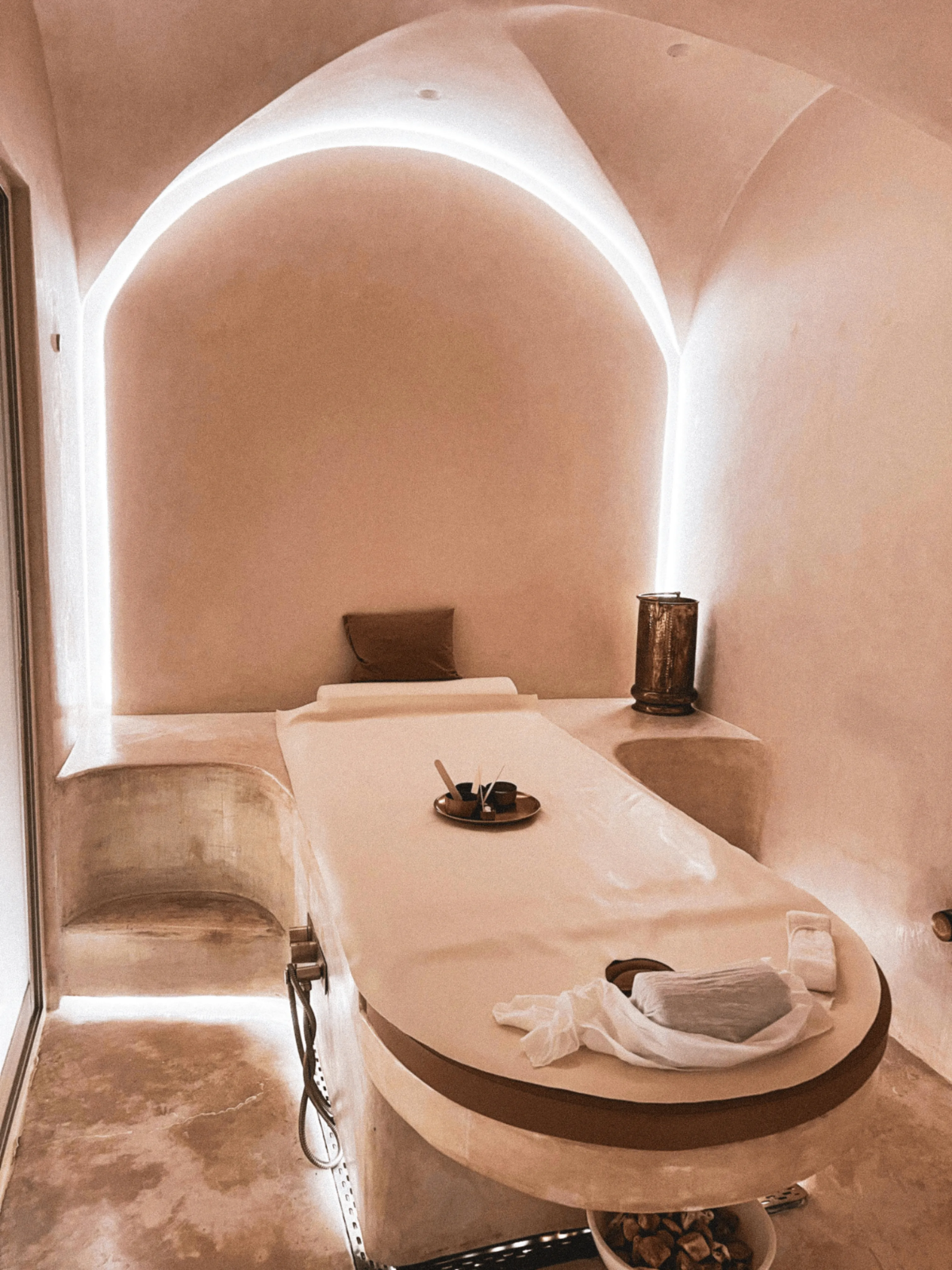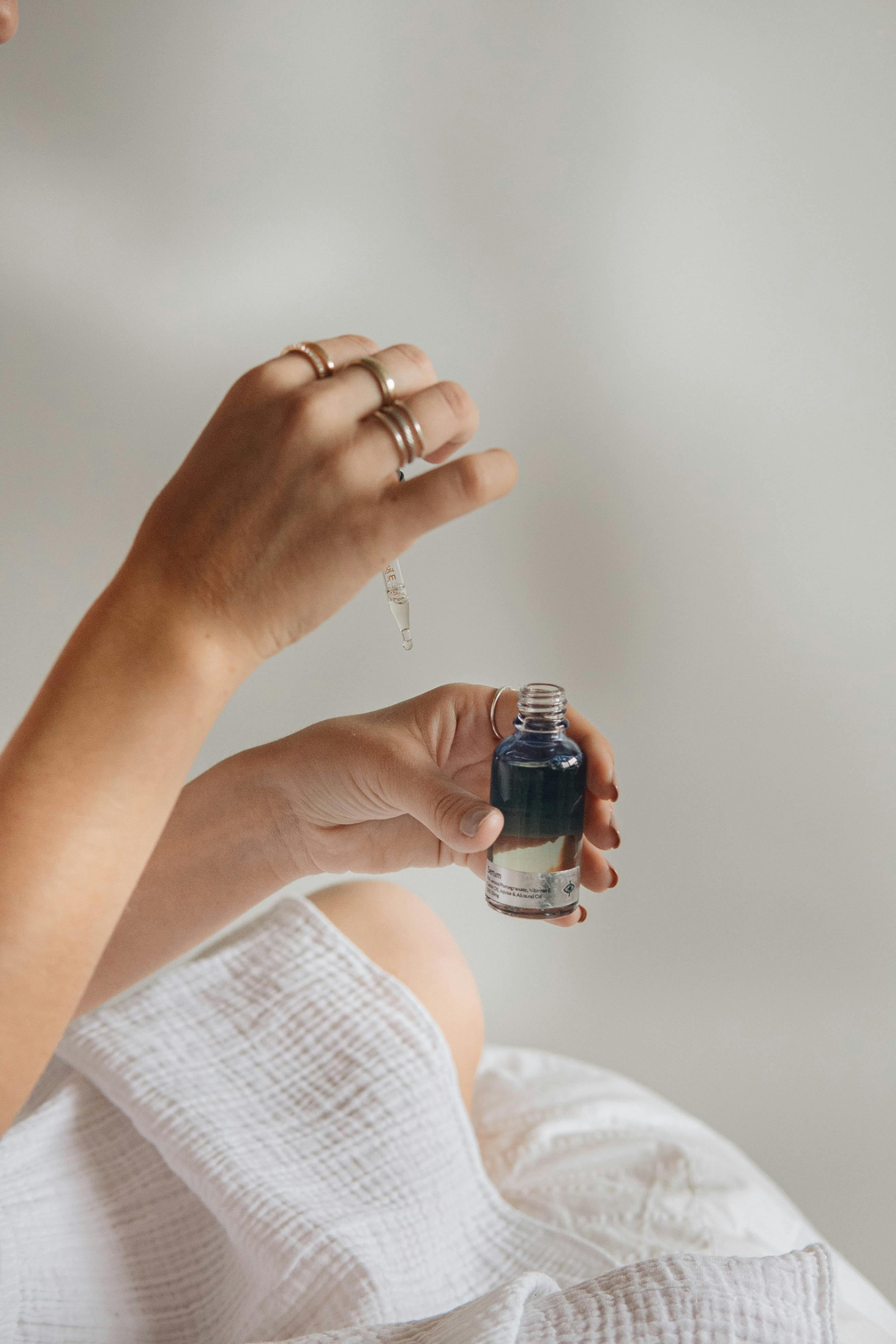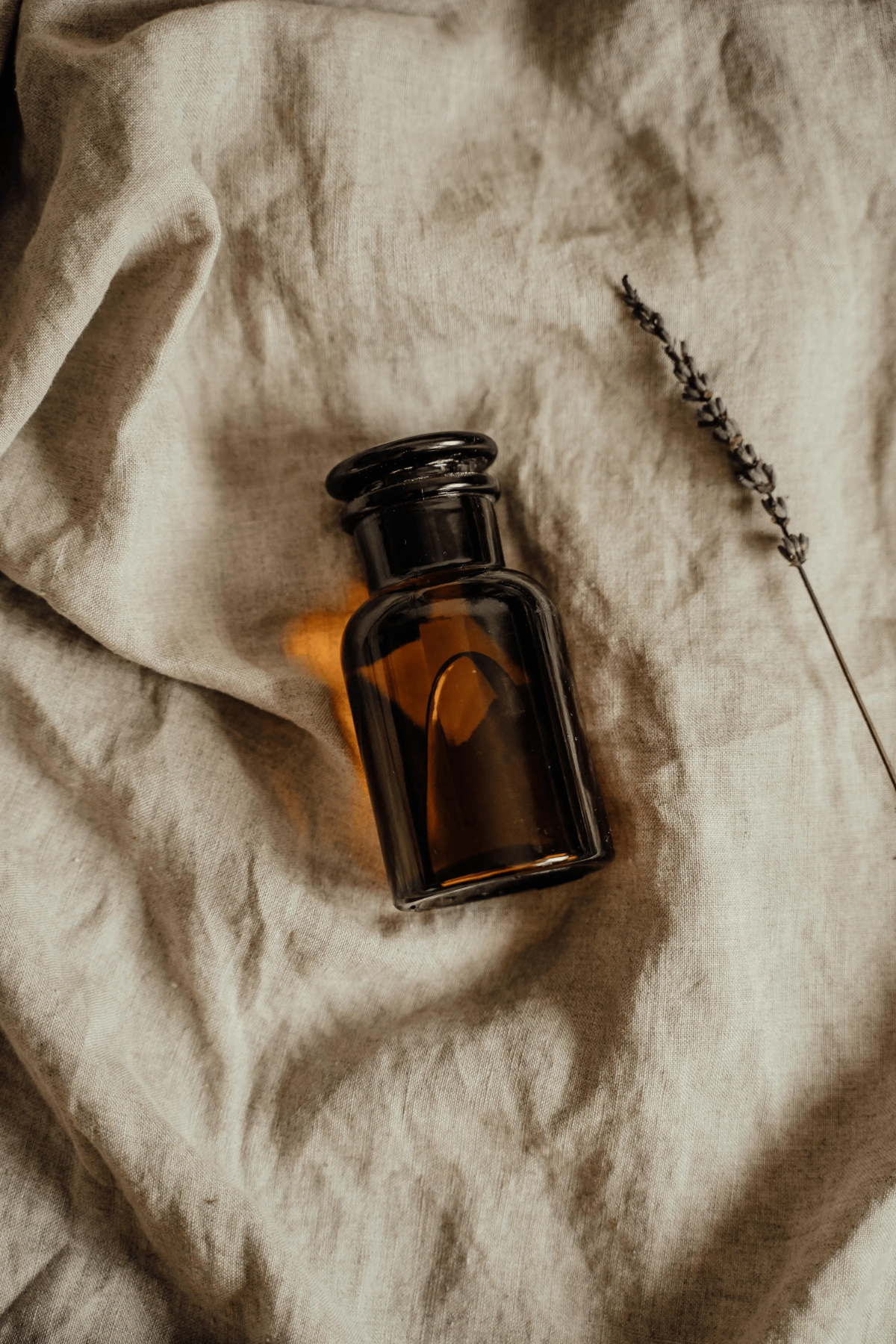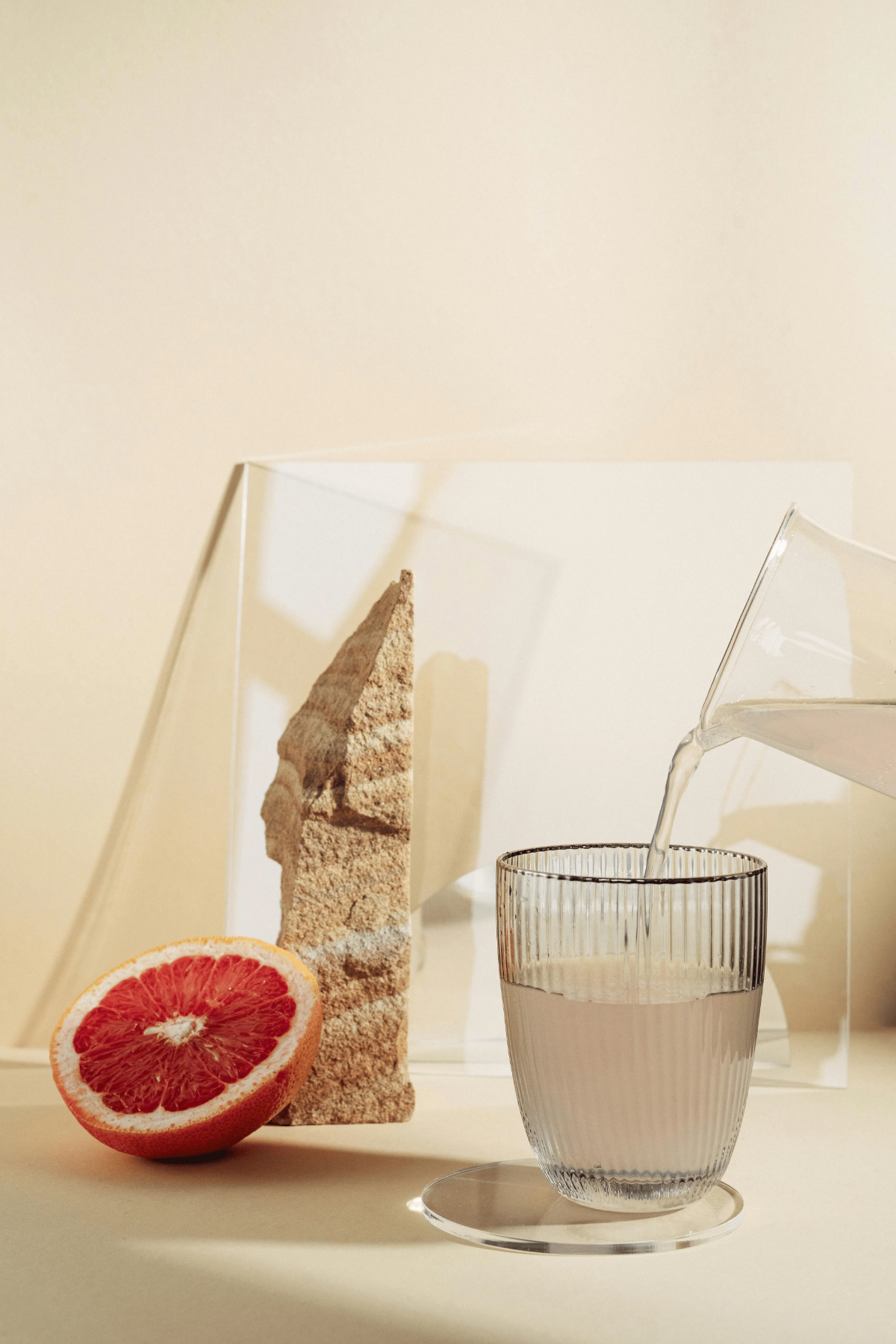Inside Wellness Centers: The Self-Care Edit That Endures
Last update November 25, 2025
Explore wellness centers' evidence-backed adaptogens, wearable tech, and circular skincare that extend mental and physical well-being into everyday life.
Step beyond the reception and into the hush of filtered light, today’s wellness center is quietly rewriting the future of self-care, one rigorously researched object at a time. What began as a place to lift weights or book a Friday massage has evolved into a living laboratory where neuroscience, microbiology, and sensory design converge on tidy oak shelves.
The transformation is not cosmetic. The global wellness economy has climbed to US $6.3 trillion and is projected to reach US $9 trillion by 2028, paced by a 5.9 percent annual growth rate that even traditional economists now follow. Much of that acceleration comes from millennials and Gen Z, who treat mental clarity, gut health, and emotional resilience as daily essentials rather than occasional ones. Their discretionary spending on evidence-led wellness products, adaptogens, and biome-friendly skincare has nudged wellness centers to extend their mission from service provider to curator of peer-reviewed tools that guests can fold into life at home.
This shift matters because it reframes the retail shelf as an educational interface: every bottle, mist, or device earns its place with transparent data, encouraging visitors to weigh provenance and efficacy on their own terms. In a climate where health advice can feel prescriptive or polarizing, the center quietly offers something rarer, a chance to engage with research-driven objects, test them in real time, and decide whether they harmonize with personal ritual and community values.
The Evidence Guiding Every Selection
Unlike traditional gift-shop souvenirs, each item must justify its shelf space with peer-reviewed data and transparent sourcing. A few examples illustrate the scientific bar that buyers and staff now uphold:
Synbiotic powders such as Seed’s DS-01 appear in gut-health workshops because double-blind trials report measurable improvements in skin hydration and microbiome balance within four weeks, linking gut flora to dermal vitality.
Chamomile-based sleep mists remain perennial favourites after controlled studies showed significant improvements in sleep quality for both young adults and elderly participants.
Light-blocking eye masks, some weighted with plant-based pellets, earned placement when week-long trials demonstrated sharper episodic memory and next-day alertness among wearers compared with control groups.
Wearable transcutaneous vagus-nerve stimulators, often tested during breath-work classes, reference clinical findings that document reduced autonomic reactivity to acute stress stimuli.
In short, the shelf tells a quiet story: every formula or device must serve the goal of measurable impact and benefit rather than aesthetic novelty.
Objects That Sustain Mental Resilience and Well Being
Practitioners frequently describe the edit as portable sanctuary architecture. Instead of dictating a prescription, they outline how each object interacts with neurobiology, letting guests decide whether it harmonises with existing routines.
A magnesium-rich bath concentrate, for instance, may interest a regular in high-intensity training sessions; a microbiome-friendly cleanser resonates with a student exploring skin-gut links. Weighted acupressure masks foster down-regulation of the sympathetic nervous system, aligning with group dialogues on emotional strength and the development of self-regulation skills. Even seemingly simple rituals, such as noting three moments of love or gratitude while applying probiotic serum, draw on longitudinal Harvard data connecting gratitude practice to mood stability, cardiovascular markers, and overall well being.
Community Beyond Four Walls
The moment a serum or breath-paced pendant leaves the center, its narrative spills onto family group chats, Slack channels, and after-dinner conversations with friends. Randomized evidence suggests that when wellness programs add even a modest online hub, think sealed Facebook groups or in-app forums, people log in twice as often and report higher perceived social support, with two-thirds saying they would recommend the experience to others. Those digital check-ins echo the in-house classes: moderators answer topical questions about sleep equipment, compare training adaptations, and gently promote skill-building rather than one-size-fits-all prescriptions.
Some centers extend the dialogue into weekly livestreams, often on a relaxed Friday evening, where nutrition directors unpack the science behind ceremonial cacao or demonstrate low-glycemic recipes that pair with post-cardio recovery. Early findings from virtual culinary-medicine trials show that this synchronous format can sustain engagement and improve self-management markers for adults living with metabolic conditions, even when participants prepare meals alongside family members in their own homes. In parallel, telemedicine reviews confirm that e-health touch-points improve adherence in affective-disorder care by weaving personal contact into otherwise asynchronous platforms, underscoring how relational ties amplify therapeutic strength rather than dilute.
Crucially, revenue from these hybrid retail-and-stream models often serves the wider community. At Virginia’s PATH Recreation & Fitness Center, for example, income from memberships and product sales underwrites scholarship slots for low-income households, ensuring that adaptive movement props and small-group services stay accessible to people of all ages when the center is open to the public, including children and seniors navigating limited resources. Elsewhere, Antioch College’s 44 000-square-foot Wellness Center reports operating five percent above projected income each year while positioning itself as the social heart of Yellow Springs, proof that a retail shelf can finance equitable access without betraying its educational mission and that hundreds of people are served annually.
This circular flow, knowledge out, resources back, means the shelf is more than merchandising; it is a quiet engine of public-health goals. By investing in peer-reviewed tools and community-funded scholarships, wellness centers embed love of place into every jar, mist, and wearable, allowing those objects to keep teaching long after they have taken up residence on a reader’s kitchen table.
Crafting a Personal Edit Without Compromise
A decade of behavioral-science research makes one principle clear: the wellness products most likely to endure in everyday life are those that satisfy three intersecting standards, verifiable efficacy, circular design, and sensory harmony, yet they do so without prescribing a single righ” answer. Each standard is sustained by peer-reviewed evidence that empowers visitors to weigh, rather than obey, a purchase decision.
Verifiable Efficacy
In a 2024 multi-country survey analysed by CitrusLabs, 71 percent of consumers said they rarely or never buy a wellness product unless its core claim is supported by a published study; brands able to cite human clinical data enjoyed repeat-purchase intent that was almost double that of brands relying on influencer testimonials. These findings echo broader market analyses showing that Millennials and Gen Z, now the primary growth engines of the US $6.3 trillion wellness economy, actively screen for trial registration numbers and journal citations before committing. Wellness centers translate that skepticism into practice by stocking only items whose mechanisms are documented in peer-reviewed or at least registered clinical trials, inviting guests to review the literature binder kept behind every reception desk.
Circular Design Integrity
Efficacy alone no longer suffices if the vessel ends its life in a landfill. A 2024 psychology-of-sustainability study from the University of Bologna found that simply informing shoppers of the safety profile of refillable packaging increased stated preference for a reusable option by 23 percent, even when production cost warnings were. Such data shape buying policies inside progressive centers: tinctures come in modular glass with silicone guards, probiotics in aluminum pods designed for infinite return loops. The result is a retail ecosystem where the object’s after-life is as considered as its bioavailability.
Sensory-Ritual Harmony.
Habit-formation literature shows that objects integrated through pleasurable multisensory cues are 46 percent more likely to become automatic within six. Neurosensory studies by Kao Corporation further reveal that tactile rituals, such as pressing a serum into skin, raise salivary oxytocin and correlate with improvements in skin texture and mood. Wellness centers, therefore, privilege textures, scents, and preparation cadences that dovetail with existing household practices, allowing users to fold new tools into morning tea ceremonies or shared evening wind-downs rather than bolting on an isolated chore.
By grounding curation in transparent science, cradle-to-cradle design, and ritual compatibility, wellness centers move beyond prescriptive shopping lists; they create a framework that lets every visitor judge whether an adaptogen, wearable, or refillable mist genuinely resonates. The authority rests not in a directive, but in the documented evidence and circular logic each object carries, inviting mindful adoption that can thrive for the long term.
Closing Reflection
Inside progressive health and wellness centers, the retail shelf has matured into an experiential syllabus, one where guests learn through texture, aroma, and meticulously referenced science rather than directives. Each bottle or device carries the mission outward, encouraging mindful autonomy while channeling revenue back into inclusive services. The result is a feedback loop: the shelf uplifts the community, and the community, informed, curious, and self-directed, continues to refine the shelf.
In a landscape often saturated with listicles and prescriptive trends, this approach re-centers the conversation on verifiable evidence and lived resonance, inviting every reader to pause, observe, and choose only what endures, and to explore how circular skincare practices can amplify that commitment to longevity and low-waste living.








